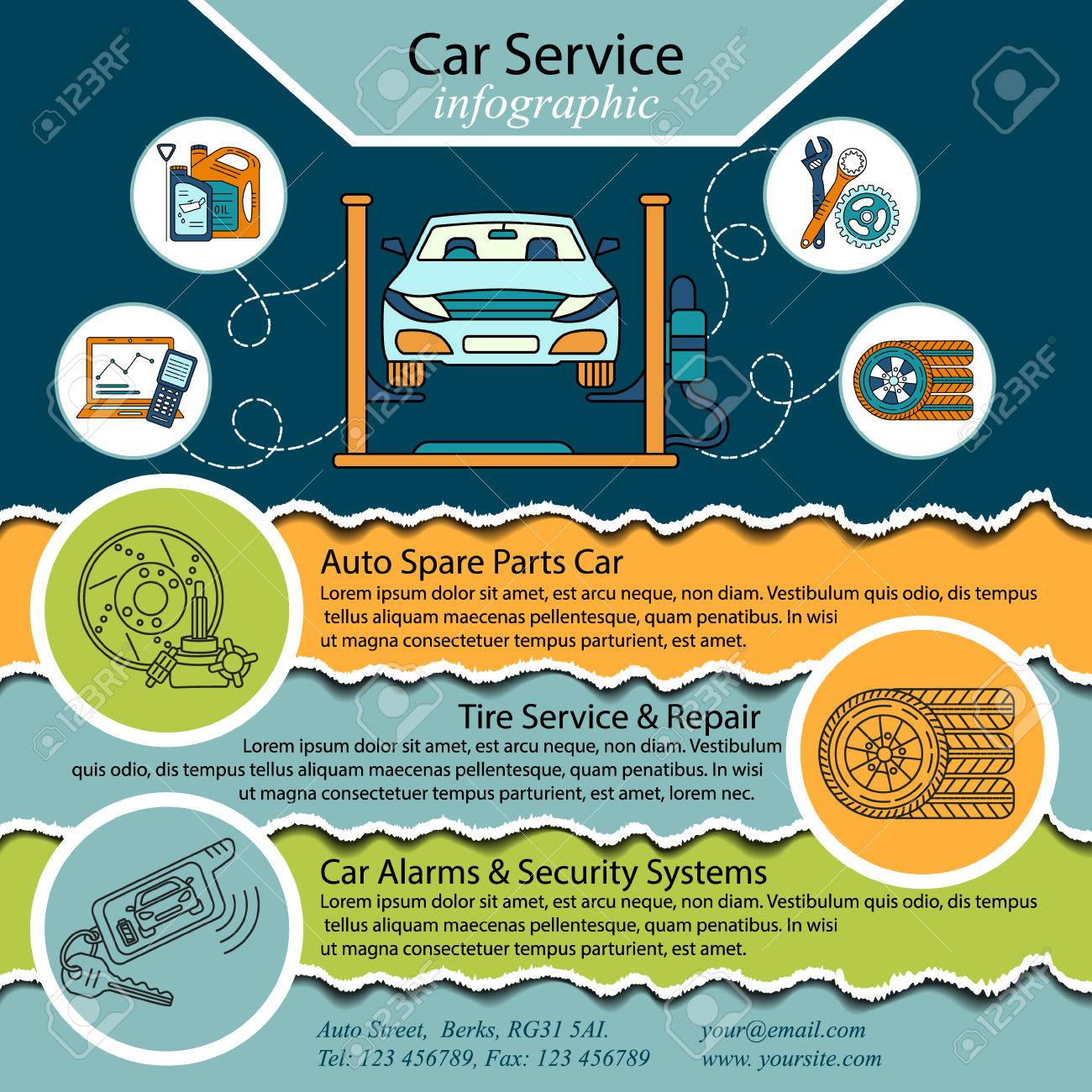Comprehending The Value Of Your Car'S Warning Signals: What They Actually Stand For
Comprehending The Value Of Your Car'S Warning Signals: What They Actually Stand For
Blog Article
Content Composed By-Lim Torres
When you lag the wheel, those glowing warning lights on your dashboard can be a little bit perplexing. Do you understand what they're trying to tell you regarding your car's wellness? Comprehending the relevance of these lights is vital for your safety and the longevity of your vehicle. So, the following time one of those lights pops up, wouldn't you want to understand its message properly and take the necessary steps to address it?
Common Caution Lights and Interpretations
Determine typical warning lights in your vehicle and comprehend their definitions to ensure risk-free driving.
The most common caution lights consist of the check engine light, which signifies concerns with the engine or exhausts system. If https://communityimpact.com/houston/conroe-montgomery/impacts/2022/02/02/legacy-auto-repair-to-celebrate-1-year-anniversary-in-conroe/ comes on, it's essential to have your car examined quickly.
The oil stress alerting light shows low oil stress, needing immediate interest to stop engine damages.
A blinking battery light may suggest a damaged billing system, possibly leaving you stranded otherwise addressed.
The tire pressure monitoring system (TPMS) light notifies you to low tire stress, impacting automobile stability and fuel effectiveness. Neglecting this could bring about hazardous driving conditions.
ceramic coating nz indicates an issue with the anti-lock stopping system, compromising your ability to quit swiftly in emergencies.
Last but not least, the coolant temperature cautioning light warns of engine overheating, which can cause serious damages otherwise fixed promptly.
Recognizing these typical caution lights will assist you deal with problems without delay and keep secure driving conditions.
Significance of Prompt Attention
Understanding the typical warning lights in your auto is just the first step; the importance of promptly addressing these cautions can't be emphasized sufficient to ensure your safety and security when driving.
When a warning light brightens on your dashboard, it's your vehicle's way of interacting a possible problem that requires focus. Ignoring these warnings can cause extra serious issues down the road, endangering your security and possibly costing you a lot more out of commission.
Trigger attention to warning lights can avoid failures and accidents. For example, a blinking check engine light could show a misfire that, if left unattended, might cause damage to the catalytic converter. Resolving this quickly can conserve you from an expensive repair service.
Likewise, a brake system alerting light could signify reduced brake liquid or worn brake pads, vital components for your safety when driving.
Do It Yourself Troubleshooting Tips
If you discover a caution light on your control panel, there are a few do it yourself fixing pointers you can try before seeking professional aid.
The first step is to consult your car's handbook to comprehend what the particular caution light indicates. Sometimes the problem can be as basic as a loosened gas cap triggering the check engine light. Tightening up the gas cap might resolve the issue.
Another common concern is a low battery, which can activate different alerting lights. Checking the battery connections for rust and guaranteeing they're safe and secure could deal with the trouble.
If a warning light continues, you can attempt resetting it by separating the automobile's battery for a couple of mins and after that reconnecting it. Furthermore, examining your vehicle's fluid degrees, such as oil, coolant, and brake fluid, can help fix alerting lights connected to these systems.
Conclusion
In conclusion, recognizing your cars and truck's caution lights is essential for keeping your vehicle running efficiently and securely. By immediately resolving these signals and understanding what they imply, you can prevent pricey fixings and possible malfunctions.
Keep in mind to consult your cars and truck's guidebook for certain information on each cautioning light and do something about it appropriately to guarantee a trouble-free driving experience.
Keep informed, remain secure when traveling!
